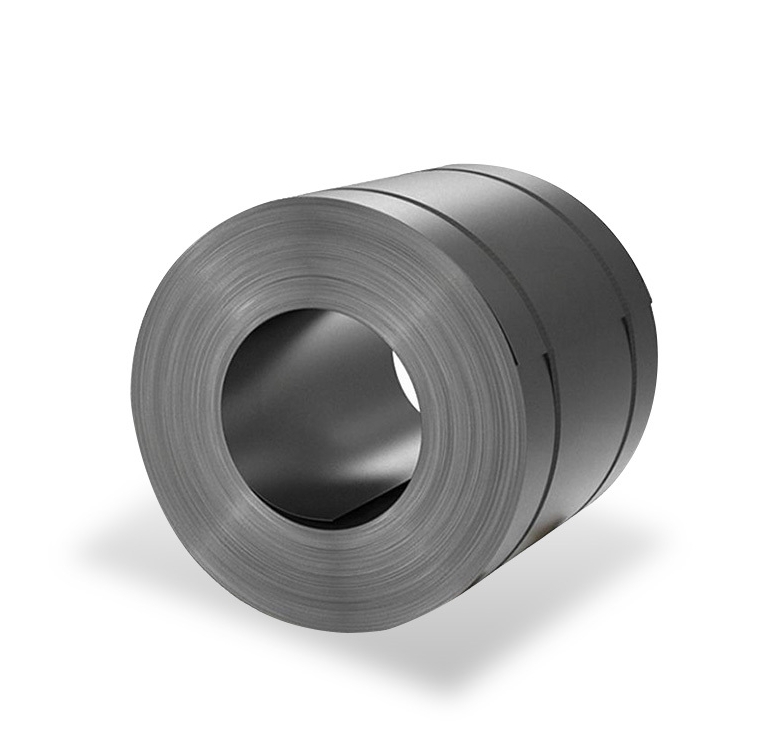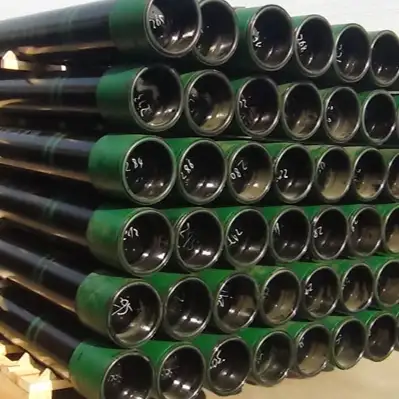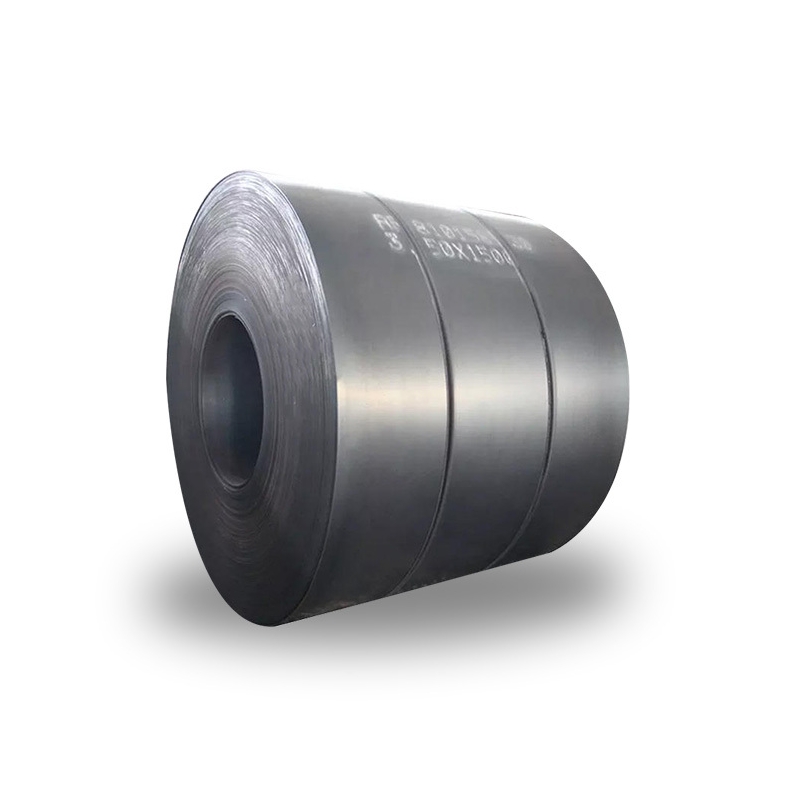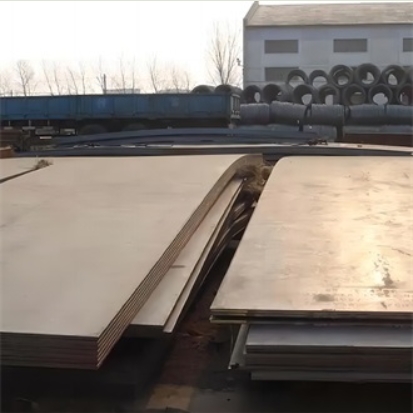ST52 is a widely recognized low-carbon, high-strength structural steel grade, primarily known under the German DIN 17100 standard. While now largely superseded by the European EN 10025 standard (specifically grade S355JR), ST52 remains a common reference point in many industries due to its excellent combination of mechanical properties.
Key Characteristics of ST52 Steel Plate
ST52 steel plate is valued for its good weldability, formability, and machinability. It offers a good balance between strength and toughness, making it suitable for a diverse range of applications.
- Tensile Strength: Typically ranges from 490 to 630 MPa (N/mm²). The “52” in ST52 refers to a minimum tensile strength of approximately 52 kgf/mm², which is roughly equivalent to 510 MPa.
- Yield Strength: The minimum yield strength is generally around 355 MPa for thicknesses up to 16mm. This is a critical parameter for structural design, indicating the stress at which the material begins to deform permanently.
- Weldability: Due to its relatively low carbon equivalent value (CEV), ST52 steel exhibits good weldability using standard welding processes. Preheating may be necessary for thicker sections or under specific conditions to prevent hydrogen-induced cracking.
- Impact Strength: The ST52-3 variant, in particular, has specified minimum impact energy values at temperatures as low as -20°C, making it suitable for applications where low-temperature toughness is required.
When sourcing this material, it’s crucial to ensure it meets the specified chemical and mechanical properties, often verified through Mill Test Certificates (MTCs). Reliable suppliers, such as Shanxi Luokaiwei Steel Company, provide comprehensive documentation with their steel plates.
Chemical Composition (Typical for ST52-3)
The chemical composition is carefully controlled to achieve the desired mechanical properties. A typical composition for ST52-3 (similar to S355JR) would be:
- Carbon (C): ≤ 0.24%
- Silicon (Si): ≤ 0.55%
- Manganese (Mn): ≤ 1.60%
- Phosphorus (P): ≤ 0.045% (often lower for better toughness)
- Sulfur (S): ≤ 0.045% (often lower for better toughness)
- Nitrogen (N): May be controlled if aluminium is not used as a grain refiner.
The exact limits can vary slightly depending on the specific standard edition and any customer-specific requirements. Quality control during manufacturing, a focus for companies like Shanxi Luokaiwei Steel Company, ensures these compositions are met.
Common Applications
The versatility of ST52 carbon steel plate makes it a preferred choice for numerous structural and engineering applications:
- Construction: Used in building frames, bridges, and other load-bearing structures.
- Machinery Manufacturing: For machine bases, frames, and heavy equipment components.
- Vehicle Manufacturing: Chassis components for trucks, trailers, and agricultural machinery.
- Offshore Structures: Certain grades can be used in offshore platforms and related equipment.
- General Fabrication: Widely used for various welded structures requiring good strength and toughness.
Many industries rely on the consistent performance of ST52. For projects requiring specific dimensions and quality assurances, working with experienced steel stockists, for example, Shanxi Luokaiwei Steel Company, can streamline the procurement process.
Standards and Equivalents
ST52 was historically defined under DIN 17100. Its direct and most common modern equivalent in European standards is S355JR (EN 10025-2). The “S” stands for structural steel, “355” for the minimum yield strength in MPa, and “JR” indicates impact testing at room temperature (+20°C).
Other similar or equivalent grades from different international standards include:
- ASTM: A572 Grade 50
- JIS: SM490A/B/C or SS540
- GB/T (China): Q345B / Q355B
It’s important to always refer to the specific project requirements and the latest version of the relevant standards when specifying or sourcing ST52 or its equivalents. Reputable suppliers like Shanxi Luokaiwei Steel Company can assist in cross-referencing standards to ensure the correct material is supplied. Additionally, specific delivery conditions (e.g., As-Rolled, Normalized – indicated by ‘N’ as in ST52-3N or S355J2+N) significantly influence the final properties, and this should be clearly specified. For critical applications, customers often turn to established entities like Shanxi Luokaiwei Steel Company for their material needs.








